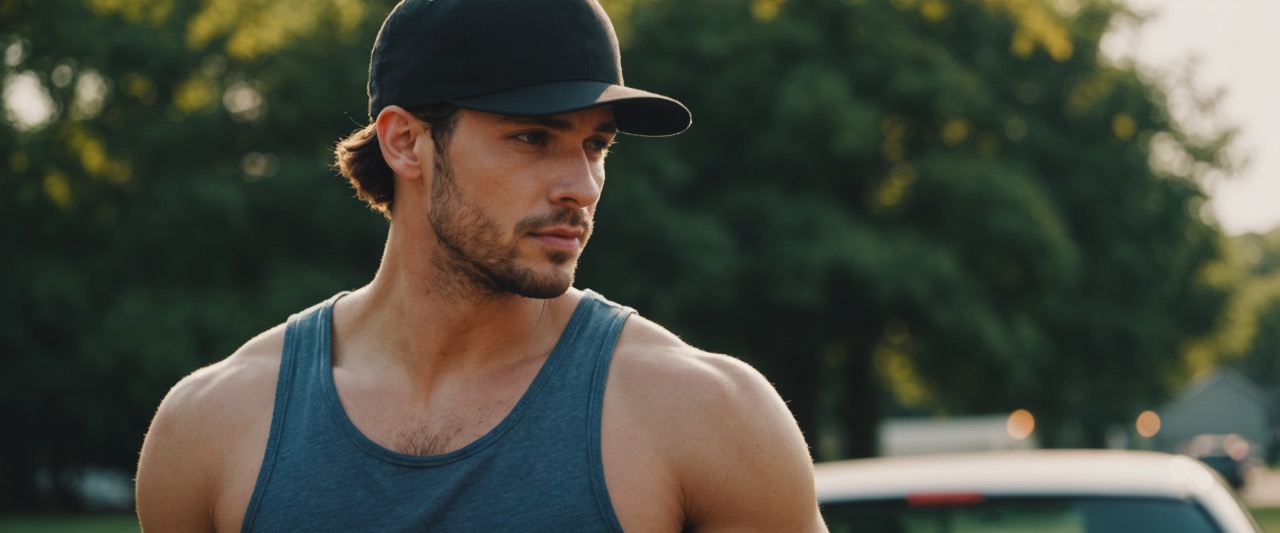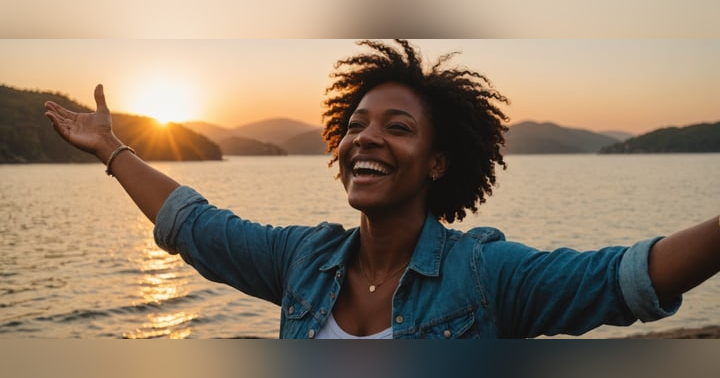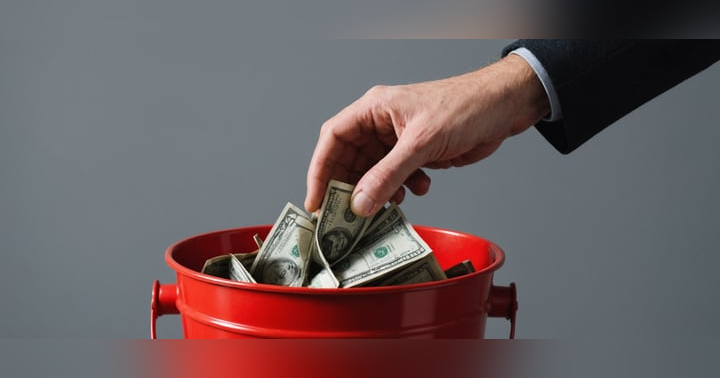Chasing Masculinity: Understanding Gay Men’s Attraction to “Bros”

The Complex Appeal of Masculinity
For many gay men, attraction to masculinity is a complex and multifaceted phenomenon. From gym culture and metrosexual fashion to facial hair and tattooed “bro” aesthetics, masculine-coded traits often carry a heightened appeal. This attraction can intersect with personal identity, cultural influences, and societal expectations, creating a mix of excitement, admiration, and curiosity. It raises interesting questions: Is the allure rooted in a genuine aesthetic preference, or does it reflect deeper associations with social norms and traditional masculinity?
The Origins and Influence of Bro Culture
The term “bro,” short for “brother,” has a surprisingly long history, dating back to the 17th century. The term “bro,” short for “brother,” has evolved over centuries. Originally used as a familial reference, it evolved over time to describe a fellow or guy in more general terms. African American communities played a key role in popularizing the colloquial use of “bro,” which carried connotations of solidarity and kinship. According to The Atlantic, by the 1960s, broader social movements helped bring the term into mainstream North American use, later reinforced by films and media portraying surfer and jock archetypes.
Today, bro culture is a subculture emphasizing athleticism, social confidence, and leisure, traits often coded as masculine. Platforms like the Gaybros subreddit, founded in 2012, offer spaces for gay men to embrace these interests, like sports, technology, and outdoor activities, without conforming to stereotypical depictions of gay men. In this sense, the “bro” archetype represents an attitude more than a fixed set of traits: confident, active, and socially engaging, appealing to both straight and gay communities.
Biological and Cognitive Drivers of Masculine Attraction
Scientific research suggests that attraction to masculinity may involve both cognitive and biological factors. A 2019 study in Personality and Individual Differences found that cognitive abilities like mental rotation, the skill to visualize and manipulate objects mentally, are linked to preferences for masculine faces in gay and bisexual men. Meanwhile, a 2014 National Library of Medicine study found that these skills correlate with systemizing tendencies often associated with stereotypical masculine cognition.
Biological influences, including prenatal exposure to androgens like testosterone, may also play a role. Testosterone shapes brain development and physical characteristics, such as broad jaws or pronounced brows, which can signal health and genetic fitness. Gay and bisexual men with higher prenatal androgen exposure may develop both masculine cognitive traits and a preference for masculine partners. While these findings are not conclusive, they highlight how biology and cognition can subtly shape attraction.
Social and Behavioral Dynamics
Attraction to masculinity is also shaped by social and behavioral factors. Homogamy, which is the tendency to seek partners similar to oneself in traits like personality, height, or self-perceived masculinity, may drive some preferences. A 2019 study in Evolutionary Psychology suggests that masculine features such as deep voices or strong jawlines can signal strength, social dominance, and health, appealing to potential mates.
Additionally, gay men who self-identify as bottoms with less restricted sociosexual orientation—the willingness to engage in casual sexual relationships—tend to prefer masculine faces, while self-identified tops with similar openness may prefer more feminine traits. These patterns suggest that some gay men’s attraction to masculinity may relate to perceived sexual roles, eroticism, or alignment with sexual behavior preferences, rather than long-term compatibility alone.
Masculinity, Power, and Social Perception
Masculinity is tied not only to physical attraction but also to social power and perceived competence. A 2022 study published in Sex Roles highlights how the “think manager, think male” stereotype illustrates how masculine traits are unconsciously linked to leadership and capability. For gay men, who are often stereotyped as more feminine, adopting a masculine presentation can mitigate workplace biases, which have been known to negatively impact interview rates, performance evaluations, and salary potential.
This pressure to embody masculinity also manifests within the gay community itself, influencing both romantic and social dynamics. One study found that gay men who were told they scored low on masculinity were less willing to associate with a feminine gay man, whereas those whose masculinity was affirmed did not demonstrate this avoidance. Similarly, a 2020 study in the British Journal of Social Psychology found that higher levels of internalized homonegativity led gay men to rate feminine-presenting gay men as less effective leaders.
Additionally, media representations further reinforce these ideals, spotlighting athletic, straight-passing, and hypermasculine gay men while marginalizing those expressing softer or effeminate traits. Taken together, these findings illustrate how masculinity is not just eroticized but also socially rewarded.
The Masculinity Paradox and Internalized Homophobia
While attraction to masculinity among gay men is often discussed through a lens of critique, it is not inherently problematic. Some may simply appreciate masculine aesthetics, while others may naturally express masculinity themselves without any deeper motive. However, issues arise when attraction is driven by judgment or internalized homophobia—when femininity is devalued or masculinity becomes a shield against stigma.
A 2020 study of 489 Australian gay men found that those whose self-worth was tied to maintaining masculine ideals, or who felt their masculinity was under threat, were more likely to report higher levels of internalized homophobia. These findings suggest that many gay men may emphasize masculine traits, such as toughness, stoicism, or athleticism, to protect their self-image and navigate societal bias. This ultimately creates a paradox: the pursuit of masculinity for validation can amplify self-doubt and reinforce hierarchies within the gay community.
Navigating Attraction and Authenticity
For many gay men, attraction to masculinity, or the so-called “bro aesthetic,” can seem natural, even desirable. However, since gay men are often socialized in environments where homosexuality is equated with femininity, some may overemphasize masculinity as a form of protection or validation.
As a result, embracing these same masculine traits in adulthood can feel like a reclamation of power. But while it may offer temporary validation, it can also mask deeper wounds. Performative masculinity can serve as armor, protecting the self while simultaneously concealing parts of one’s authentic identity.
There’s nothing inherently wrong with attraction to masculinity if it comes from genuine desire. But if it stems from discomfort with one’s own queerness, or a rejection of stereotypically “gay” traits, that could indicate unresolved internalized homophobia. This is often visible in exclusionary dating app language like “masc only,” “no fems,” or “masc4masc,” which not only reinforce harmful hierarchies but also perpetuate shame within the community.
The Gay Therapy Center suggests several strategies for confronting internalized homophobia and developing a healthier sense of self:
- Recognize and break the cycle of negative reinforcement.
- Find authentic community and belonging.
- Treat others within the community with compassion.
- Notice and challenge perfectionism.
- Set boundaries with non-affirming influences.
- Date kind, emotionally healthy people.
- Practice self-compassion and kindness.
- Work with an LGBTQ+ affirming therapist.
Beyond the Binary: Embracing Full Authenticity
For many gay men, the attraction to masculinity, or the cultural fixation on it, can be traced back to a lifetime of navigating how the world perceives difference. From an early age, many were made aware of traits that didn’t align with society’s expectations of what it means to “be a man.” In response, some learned to adapt, to mute their softness, or to perform a version of masculinity that felt more acceptable.
Even in adulthood, long after coming out, these learned behaviors can linger, shaping both how individuals present themselves and what they find attractive in others. However, most queer men navigate a spectrum of masculine and feminine traits, blending energies fluidly rather than fitting into rigid archetypes.
Ultimately, the goal isn’t to fit neatly into a box but to move beyond them entirely. True fulfillment lies in tuning out external expectations, both from society and within the community, and reconnecting with one’s intuition. When gay men release the need to perform and instead embrace their natural balance of strength and softness, authenticity becomes their most powerful expression. And it’s in that authenticity, not in chasing an ideal of masculinity, that love, confidence, and joy truly begin to thrive.
And remember: every day is all we have, so you've got to make your own happiness.
For more information on this topic, listen to Episode 170. Why Am I Attracted to Bros?
Tune into your favorite podcast player every Tuesday for new episodes of A Jaded Gay.

















